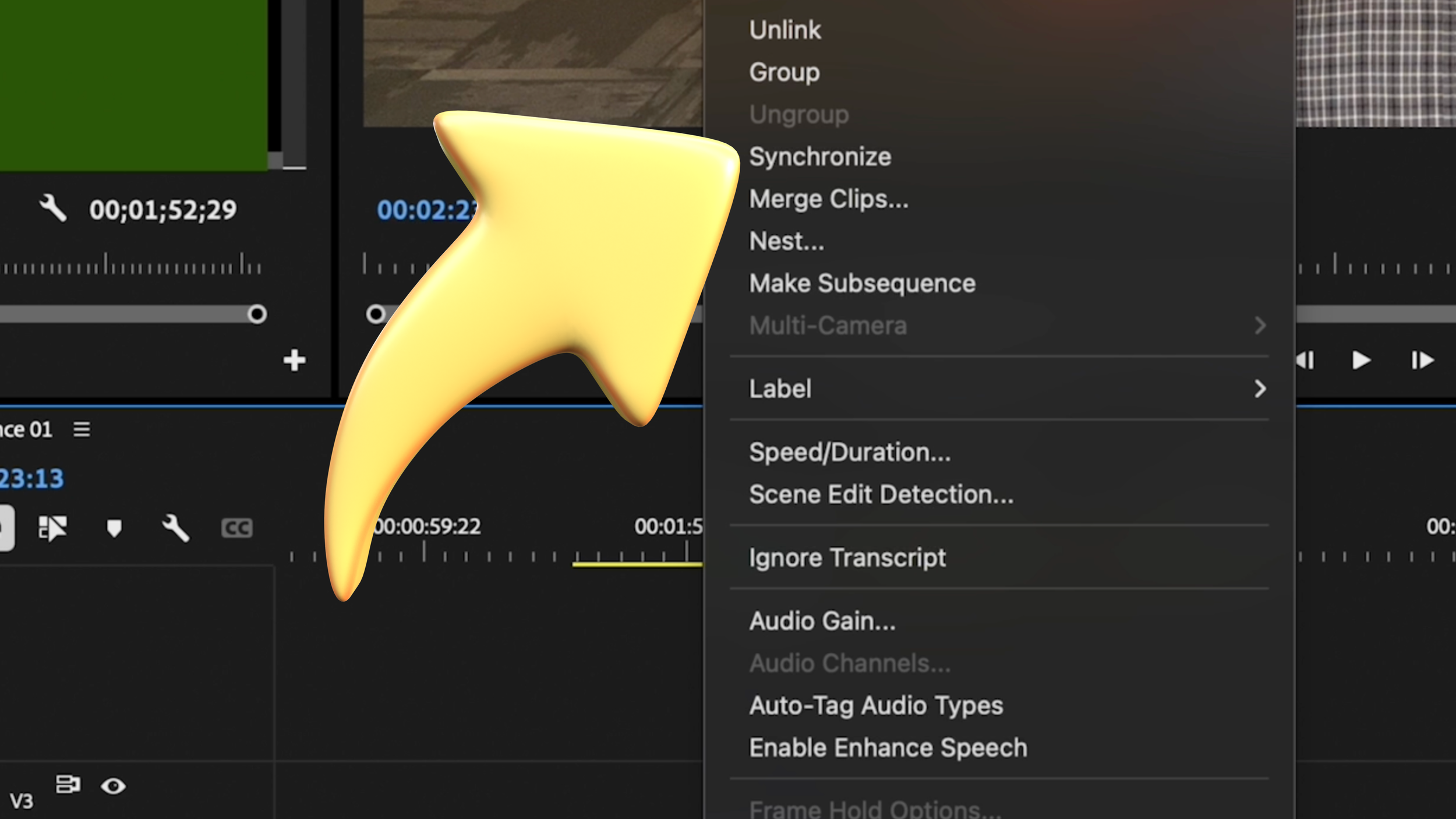BACK TO BASICS: Pacing your broadcast news programs
I remember the first time I had to come up with my own plan on how to produce a daily show. I spent all summer breaking it down, trying to figure out what to start with, how to get started… I probably over analyzed the process. I was really stressed because I knew that I wanted to do a show on day one and keep the show on the air every day throughout the school year. I didn’t reach that goal because… well high school. But what I did do was create a pretty good tool for planning a school year.
I had a couple of factors that greatly affected my end result. I was on a 4x4 block schedule so I saw the same kids every day for 90+ minutes (one day a week I had them for 2 hours!). After the first semester, I was able to layer my classes so I had upper level students in the same room as my beginners so I made those students producers and gave them additional responsibilities.
My ultimate goal was simple: as many kids on camera as many times as possible. I built my shows based on that. That was it. I knew we weren’t going to win awards. I knew we weren’t going to set viewership records. But… I knew that kids that would never put themselves out there to try being on the air would have to do so. I knew the kid that was told their entire life that they couldn’t read would be scared but with some work, they would be fine - if not excel. I knew that every day every student in my class would be reading, writing, and producing and that in my opinion is all that mattered.
Here is the link to my pacing guide for my class of 20 students where we did a daily news show. We started with news on day one and did 95% of the days the rest of the year. We would miss days due to technical issues, different class schedules, or other factors beyond our control. I made it the goal of the students to get a show done every day. I used a little “they don’t think we can make it happen” to make it happen. “They” is a powerful motivator. If you tell a student “they” think you can’t, typically, the student will make it happen!
Starting on day one is intimidating but can easily be done. Assuming a 90 minute period, take 20 minutes to produce the show. Spend time teaching each role and what they do. Break it down as simple as possible:
Teleprompter operator matches the words the anchor is saying with the little white arrow
Floor manager silently counts from 5 to 1 on their fingers when the director is counting down then they point at 0.
Technical director just touches the bottom row buttons that match what the director tells them to then pushes take when told to do so.
The anchor reads the words next to the little white arrow on the teleprompter
You are the director…
I assure you it will not be perfect but your students will feel the excitement of the completion of a live broadcast and feel your energy from the mini-celebration you will do with the - high fives go a long way! Two things will happen that day after your class, those who are bought in will be hooked and share with their friends who will buy in as well… those who can’t hack it will run to the counselor’s office to try to get a schedule change!
I have created this pacing guide to be used a couple of ways - one show a week and daily shows with two groups. The one show a week means the four days you aren’t producing the show - you are teaching the content. The daily show breaks the students into two groups. Group 1 will be writing and producing the show for a week while group 2 works on content for the show either that week or the following.
I aligned these with the Georgia AVTF standards as that’s what I already had. I tried working other states' standards in but time got away from me! This pacing guide doesn’t specifically address every element of every standard - history, legal, etc - but you can build those in with assignments with the students that address those topics.
Scoring a newscast is a bit of a struggle because producing a show is a team game but the grades for the students are individual. I don’t know that it’s perfect but I required students to write a story each day for the show and the team got a score as a part of the weekly grade. If you want to do this on a daily basis, that will work with this rubric as well.
Meet the Author, Tom White
Tom White is the Broadcast Engineer at Grady College of Journalism and Communication at the University of Georgia. Prior to that role, Tom taught at Morgan County High School and Rockdale Career Academy where he and his student produced thousands of live streams for sports, news, and community events. Tom’s program at the Rockdale Career Academy received the NFHS Network Program Of The Year in 2016 and his program at Morgan County High School received the New Program of the Year title in 2018. Tom has been a long time contributor to many publications and is the host of Teaching to The Test Pattern Podcast.











Got shaky footage? No problem! In this quick tutorial, learn how to use Warp Stabilizer in Adobe Premiere Pro to smooth out your shots effortlessly.